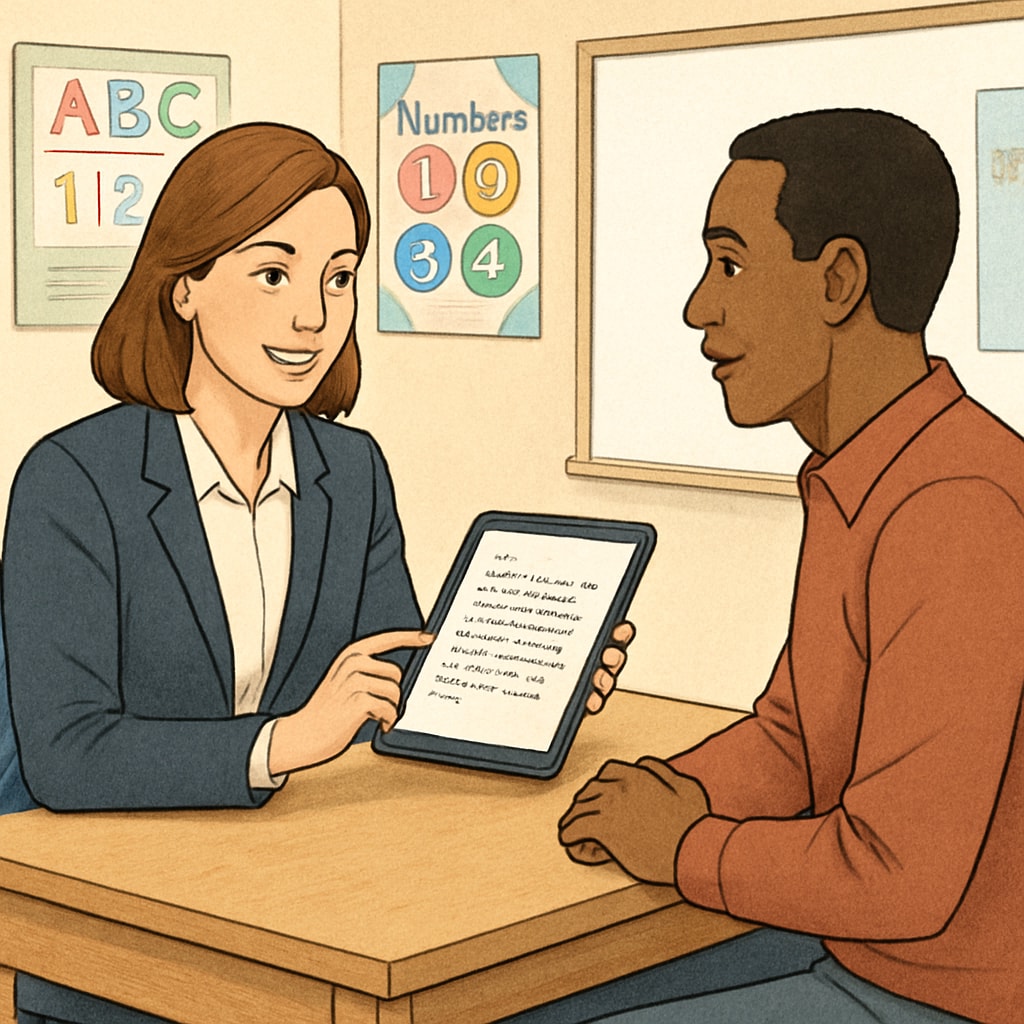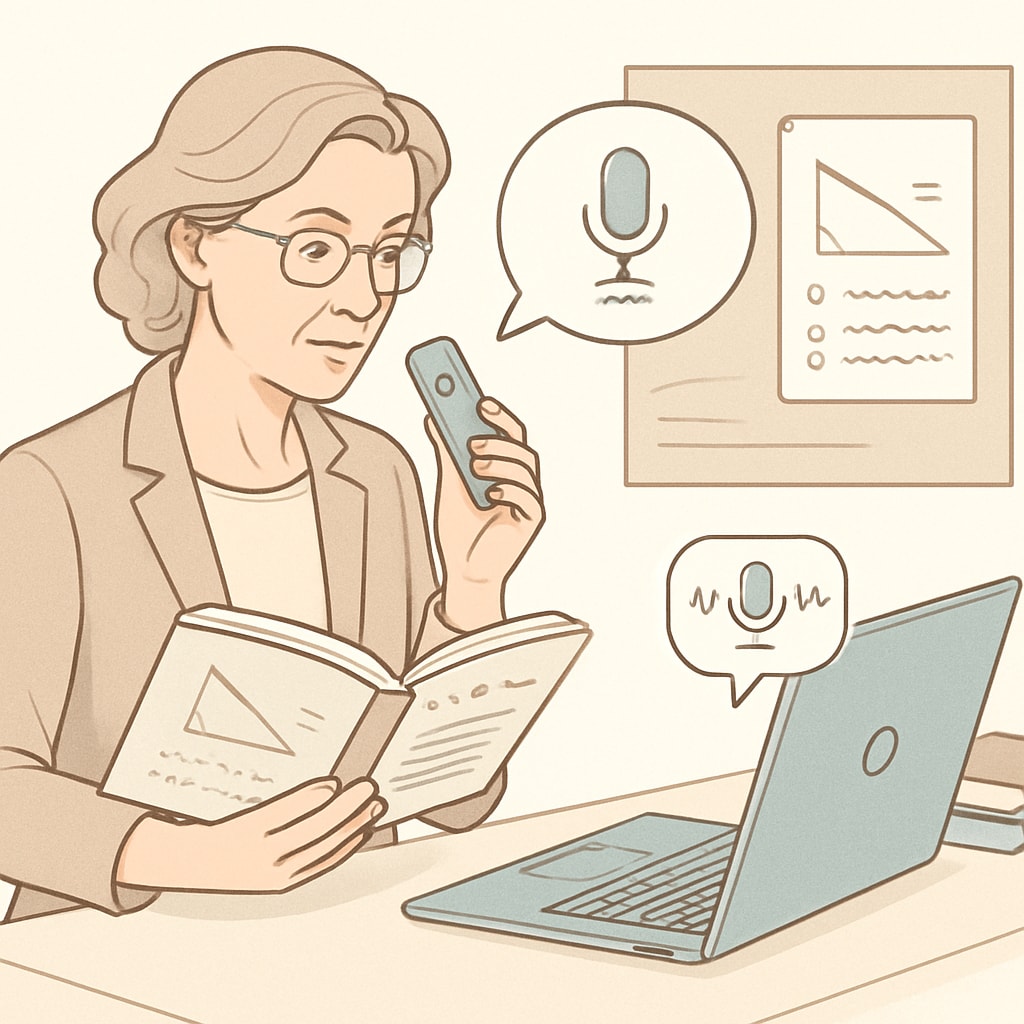Teachers today face ever-growing administrative demands, from documenting student feedback to managing parent communication and designing individualized education plans (IEPs). These tasks, while essential, often detract from the core mission of teaching. Speech-to-text tools like WillowVoice are emerging as transformative solutions, enhancing teacher efficiency and reducing administrative burdens. By streamlining workflows, these technologies are empowering educators to refocus on pedagogy and student engagement.
How Speech-to-Text Technology is Transforming Administrative Tasks
Administrative work has long been a significant challenge for teachers. Tasks such as preparing lesson notes, writing detailed student feedback, and maintaining comprehensive IEP records demand extensive documentation. With speech-to-text technology, teachers can now articulate their thoughts verbally and let the software handle transcription. Tools like WillowVoice are designed to accurately convert spoken words into text, saving hours of manual typing.
For example, during a parent-teacher conference, educators can use WillowVoice to record their observations and instantly generate a transcript. This not only ensures accuracy but also allows teachers to focus on meaningful dialogue instead of taking notes. Similarly, when creating lesson plans, teachers can dictate their ideas directly into the tool, which organizes and formats the content for easy use later.

Key Features of WillowVoice for Optimizing Teacher Workflows
WillowVoice is a standout among speech-to-text solutions for its tailored features designed specifically for K12 education. Here are some of its highlights:
- Real-time Transcription: Converts spoken words into text in real-time, ensuring instant accessibility.
- Custom Vocabulary: Adapts to educational jargon and student-specific terms, improving transcription accuracy.
- Integration with Learning Management Systems (LMS): Syncs seamlessly with popular platforms like Google Classroom and Canvas.
- Secure Storage: Complies with educational data privacy standards, safeguarding sensitive information.
These features make WillowVoice an invaluable tool for educators. By simplifying tasks like student feedback, teachers can allocate more time to personalized instruction and classroom management.
Real-World Applications: Where Technology Meets Education
Speech-to-text tools are not just theoretical solutions—they are already making a measurable impact in schools. Here are some real-world applications where tools like WillowVoice are reshaping the educational landscape:
- Student Feedback: Teachers can provide comprehensive evaluations by dictating their insights, which the tool converts into written reports.
- Lesson Planning: Educators can brainstorm and draft lesson plans quickly, leaving more time for creativity and refinement.
- Parent Communication: Detailed emails or progress reports can be generated effortlessly, ensuring clear and timely communication.
- IEP Documentation: Special education teachers can use speech-to-text tools to record detailed notes during meetings, streamlining the IEP creation process.
For example, a teacher working with a diverse classroom can use WillowVoice to document differentiated instruction strategies in real time, ensuring every student’s needs are addressed efficiently. According to a Britannica article on educational technology, such tools are pivotal in enhancing teacher productivity while ensuring compliance with educational standards.

Challenges and the Future of Speech-to-Text in Education
Though speech-to-text technology offers immense potential, challenges remain. For instance, background noise in classrooms can sometimes interfere with transcription accuracy. However, advancements in artificial intelligence (AI) and machine learning are addressing these issues, making tools like WillowVoice increasingly robust.
Looking ahead, the integration of speech-to-text technology with adaptive learning platforms could further enhance its utility. As a Wikipedia article on AI suggests, combining AI with speech-to-text tools could enable more personalized and efficient workflows for educators.
In addition, ongoing teacher training on leveraging these tools will be essential. Schools that invest in professional development can ensure that educators maximize the benefits of speech-to-text technology, paving the way for a more efficient and focused teaching environment.
Conclusion: A New Era for Teacher Productivity
Speech-to-text tools like WillowVoice are not merely conveniences—they are transformative innovations that address one of the most pressing challenges in education: administrative overload. By automating repetitive tasks, these technologies enable teachers to dedicate more time to what truly matters—teaching and inspiring students. As these tools continue to evolve, they promise to play an even more significant role in reshaping the future of education.
For educators navigating the demands of modern classrooms, embracing speech-to-text technology could be the key to unlocking greater efficiency and job satisfaction. The era of manual documentation is fading, and the voice of teachers is finally being amplified—both literally and figuratively.


